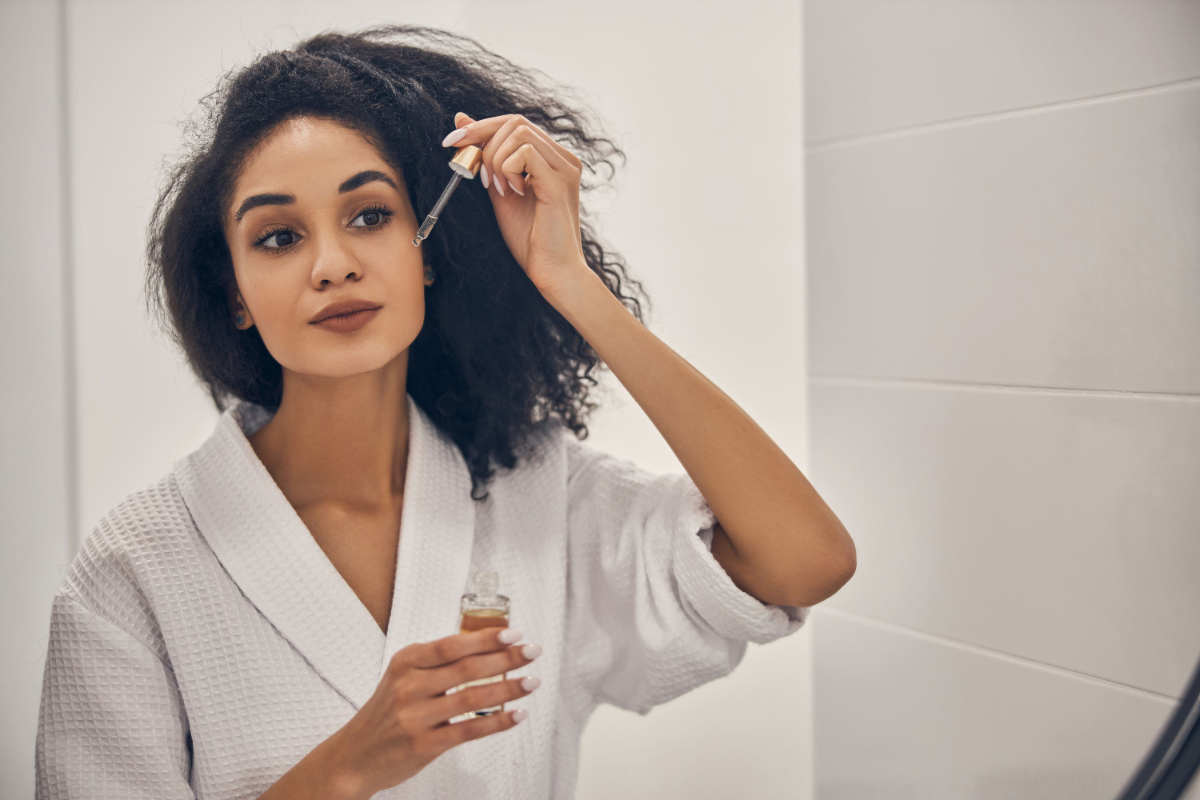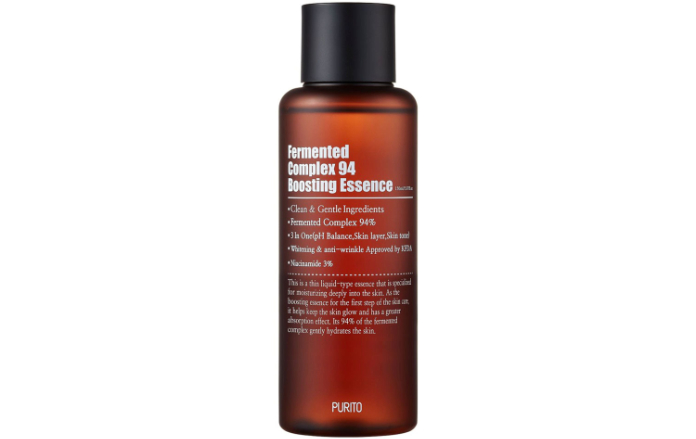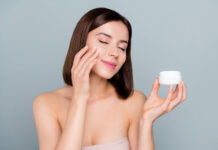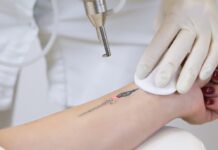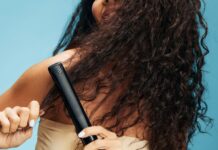There’s no two ways around it: skincare is confusing. It seems like every week, there’s a new buzzworthy ingredient or treatment we’re all being told we simply have to start using.
This might make you reluctant to look into yet another new ingredient, but niacinamide shouldn’t be dismissed as a passing fad. This powerful ingredient is gaining popularity in skincare, and for good reason.
The name might sound complex and scientific, but it’s remarkably easy to use and suitable for a wide range of skin types. In reality, the trickiest thing you need to get your head around is how to actually pronounce niacinamide. Here’s everything you need to know about skincare’s new favourite ingredient…
What is niacinamide?
“Niacinamide is a form of vitamin B3 and is a water-soluble vitamin,” explains Dr Shaaira Nasir, consultant dermatologist at sk:n.
You might have come across B3 before – otherwise known as niacin, it’s a key vitamin for overall health and can be found in foods like liver, turkey and peanuts.
While what you eat can have a huge impact on your skin, niacinamide is a topical solution that can be applied onto your face.
What can it do for your skin?
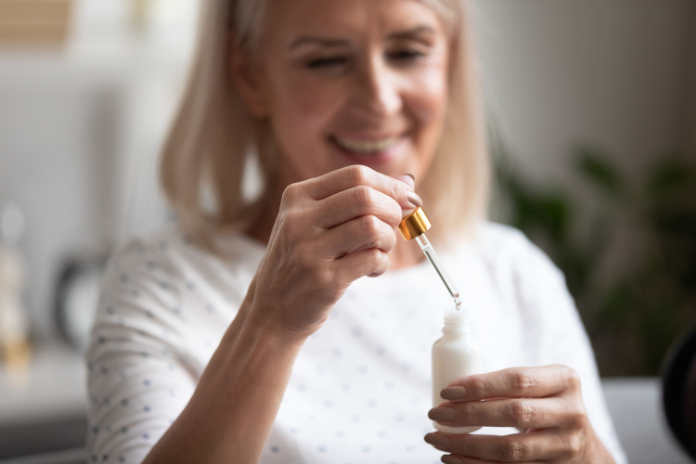
There’s a reason beauty buffs have become obsessed with niacinamide – according to Beauty & Seoul founder Maree Kinder, it is “best known for improving overall skin health”. This includes “evening out skin tone, reducing redness and improving skin texture”, she explains.
Niacinamide is a true powerhouse, hitting a whole range of skin concerns at once. Nasir describes how it is an “all-rounder in terms of function”, because it’s “beneficial for those who have inflammatory skin conditions like acne, rosacea and eczema, by reducing redness and inflammation” and “it also strengthens the skin barrier by increasing the production of ceramide and reducing trans-epidermal water loss”.
Everyone could benefit from including niacinamide in their routines, because “it is an antioxidant, therefore combats skin-ageing by reducing free radical damage from pollution and the sun”, says Nasir.
Chief medical officer of Dr MediSpa Dr Munir Somji goes even further, to say: “This ingredient can help to reduce fine lines and wrinkles, minimise pores, brighten skin dullness and improves the skin’s barrier to help prevent environmental damage”.
If this wasn’t enough, Somji adds: “This ingredient is also fantastic at treating hyperpigmentation and age spots, as it has the ability to lighten the skin.”
Who might benefit from niacinamide?
Good news, because basically everyone stands to benefit from using this buzzy new ingredient. “The great thing about niacinamide is that it is versatile and works for most skin types, even acne-prone skin,” explains Kinder.
As previously mentioned, anyone with inflammatory skin conditions could feel soothed by niacinamide, and it can also help reduce the look of pigmentation.
Nasir adds: “It helps regulate oil production, therefore is great for those with oily skin, it also reduces appearance of large pores.”
Both Somji and Nasir agree it is suitable for sensitive skin.
How should you use niacinamide?
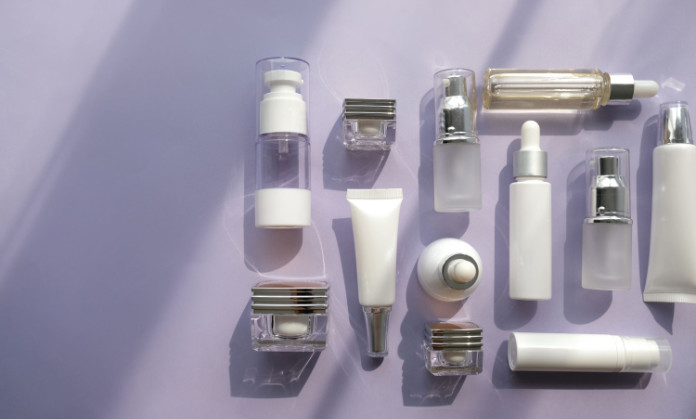
Niacinamide is exploding in popularity, and you might start seeing it added into more creams, serums, moisturisers and toners, because it works well in basically any topical form. Nasir says you can apply it either in the morning or at night, advising: “It is best applied after washing your face and applied to dry skin.” And Somji notes the skin being dry is key, in order to prevent unnecessary irritation.
Even though it works well in a variety of forms, Somji says: “I personally prefer the formulation as a serum, due to the fact that sometimes it can be paired with a low molecular weight hyaluronic acid, which adds extra moisture and plumpness.”
With new products, it’s often difficult to know how to fit it into your existing routine. If you’re stuck, Somji says: “Niacinamide combined with retinol works very well. This is because it offsets some of the negative effects of retinol, such as irritation and dryness. It acts to decrease transepidermal water loss and increases the retinol absorption, thus enhancing the effects.”
7 niacinamide products to try…
- The Inkey List Niacinamide Serum (Amazon)
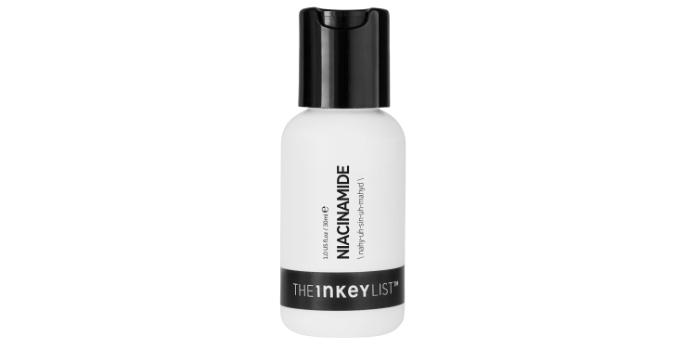
2.BareMinerals SkinLongevity Long Life Herb Serum (Amazon)
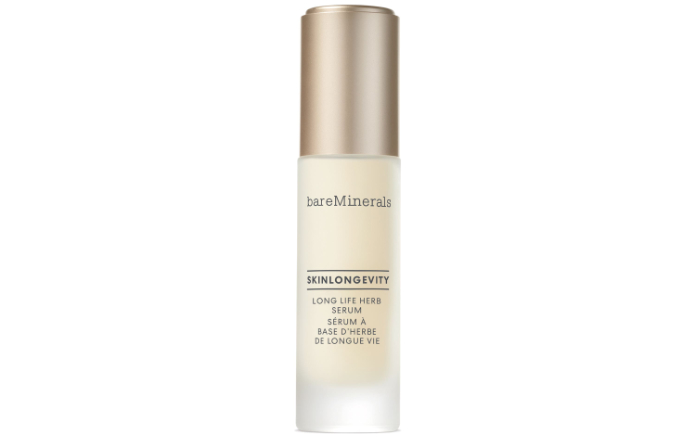
3. ALPHA-H Clear Skin Daily Hydrator Gel with 2.5% Niacinamide, £21, ASOS
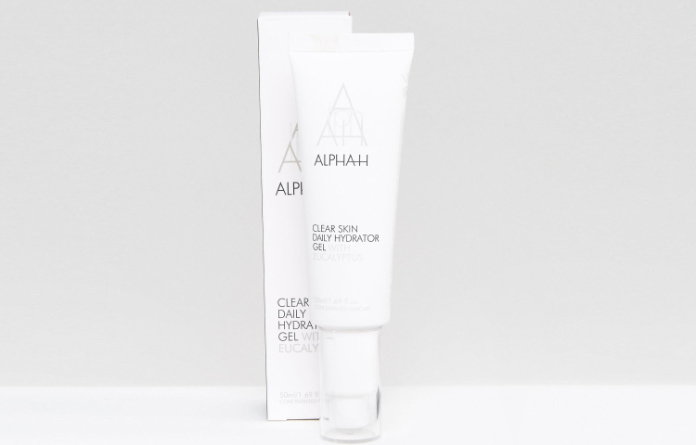
4. PURITO Fermented Complex 94 Boosting Essence (Amazon)
(PA)
5. Revolution Skincare 15% Niacinamide Super Serum (Amazon)
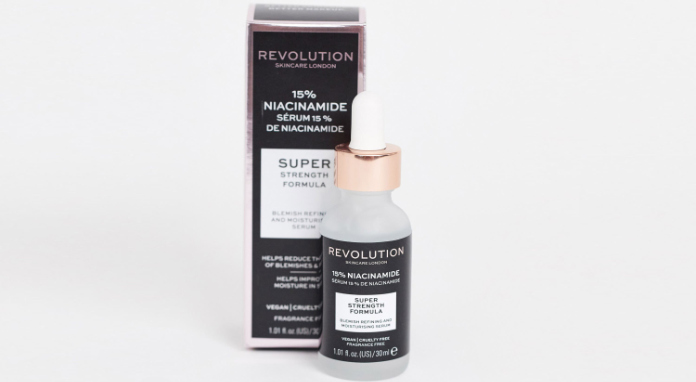
6. SKINCITY Skincare Rich Moisture Second Concentrate, £33
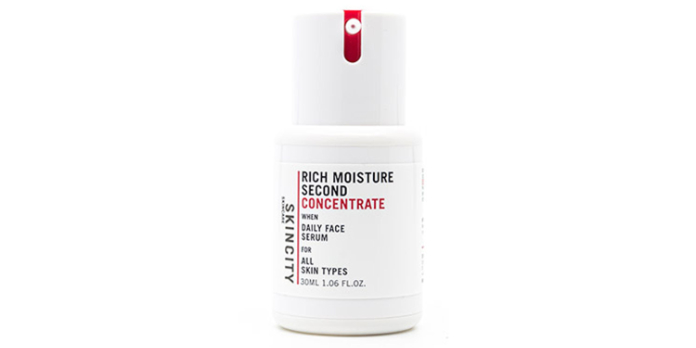
7. Revolution Skincare Niacinamide Essence Spray (Amazon)
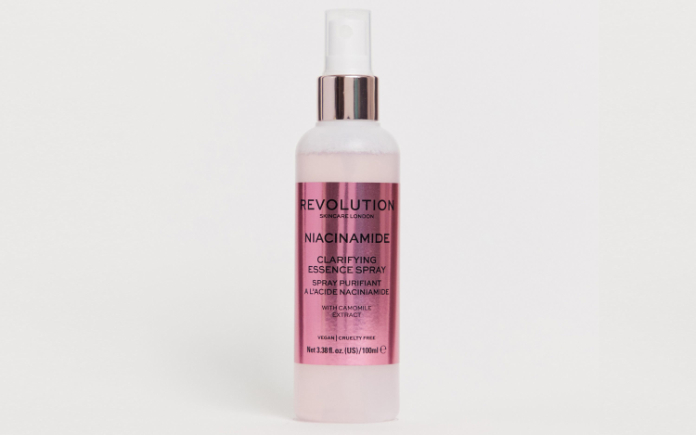
You may also be interested in…
This article may include affiliate links to products and services where we may receive a small fee to support the running of this site if you make a purchase or is a sponsored article from one of our select editorial partners providing valuable advice and information to our readers.























































